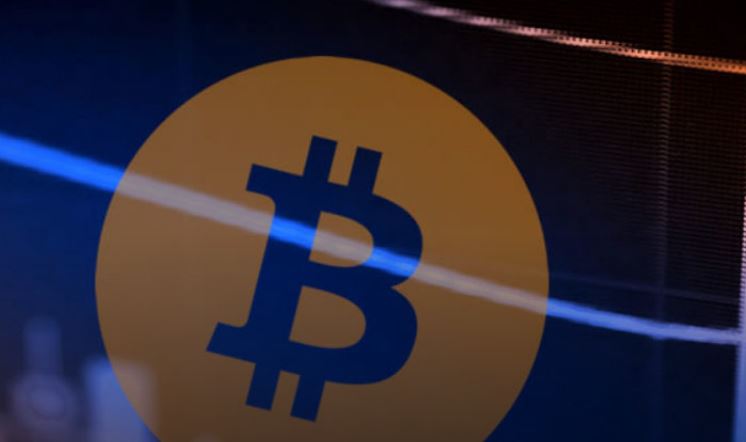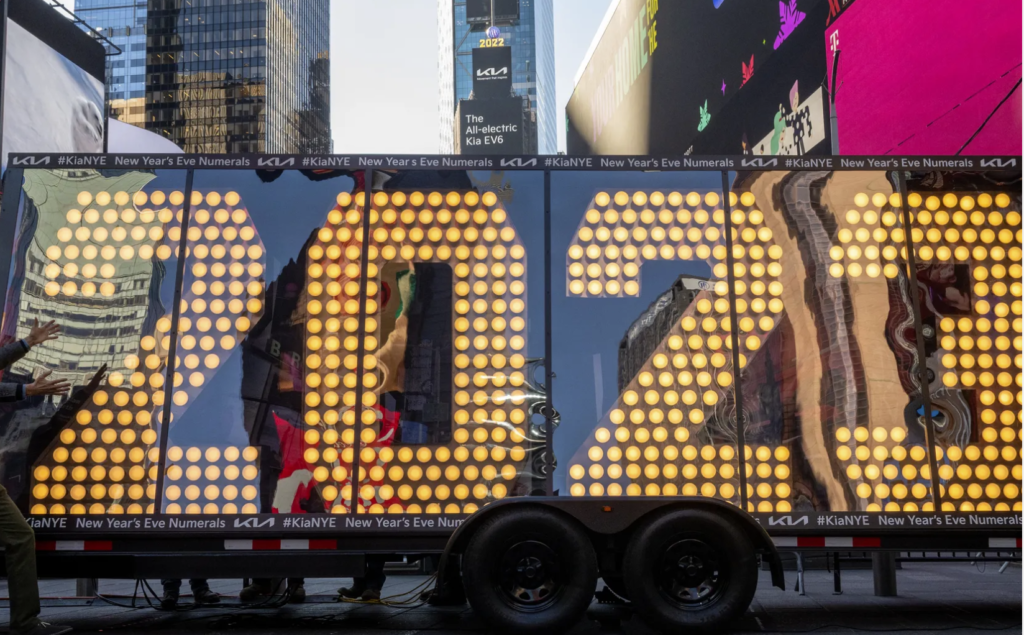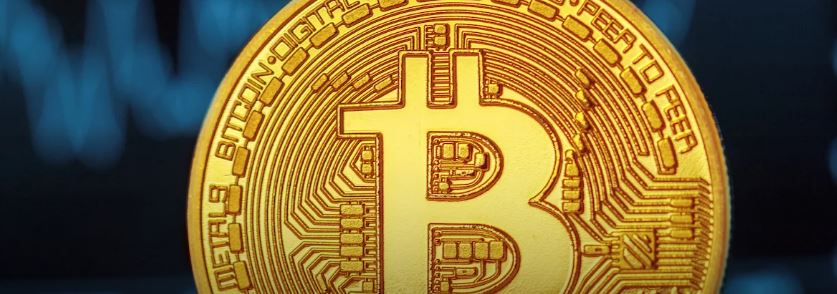Key Indicators Challenge Fed’s ‘Normalization’ Rate Cut That Torched Bitcoin Rally

The post-Fed risk-on rally supports the normalization narrative, but some indicators disagree, suggesting caution to bulls.
Since the U.S. Federal Reserve (Fed) cut rates by 50 basis points a week ago, the debate has been raging on whether the so-called easing represents the normalization of an overly tight monetary policy aimed at taming inflation or preparation for an impending economic swoon.
Risk assets, including pure fiat liquidity plays like bitcoin (BTC) and altcoins, have rallied since the Fed decision, a sign that markets perceive the rate cut as a normalization move. Some analysts foresee accelerated gains once bitcoin surpasses the $65,200 resistance.
However, at least three indicators point to an economic malaise ahead, suggesting caution on the part of the bulls. Perhaps, the Fed delivered an outsized rate cut, taking note of these forward-looking indicators.
Rising joblessness
The U.S. Household Survey, which tracks the unemployment rate across 50 states, Washington D.C., and Puerto Rico, showed that as of August, more than 57% of states experienced an increase in joblessness compared to the preceding month and the same period last year, according to data tracked by MacroMicro.
The fact that most states are witnessing an uptick in the unemployment rate means the risk of reduced income, consumer spending and investment, and a decline in business and consumer confidence in the months ahead, potentially leading to a marked economic slowdown, if not an outright recession (consecutive quarters of economic contraction). A slowdown could see investors scale back exposure to riskier investments.
“According to August’s analysis, 57.7% of U.S. states reported higher unemployment rates than the previous month and year. This points to increasing challenges in the labor market, possibly signaling a more widespread slowdown,” MacroMicro said on X.
:format(jpg)/cloudfront-us-east-1.images.arcpublishing.com/coindesk/GZZVEXKDLJDNBJPLI6OC7ZQNW4.png)
Lead/lag ratio
Conference Board’s Leading Economic Index (LEI) fell to 100.2 in August, falling to its lowest since October 2016. The index marked its sixth consecutive monthly decline, triggering a recession signal.
The LEI comprises several forward-looking indicators such as average weekly hours in manufacturing, average weekly initial claims for jobless insurance, ISM new orders index, stock prices and leading credit index. The index is widely tracked to identify shifts in economic trends and turning points in asset prices.
More concerning is the slide in the ratio between leading and lagging indicators to under 0.85, the lowest since at least the 1950s, according to data tracked by Jeff Weniger, head of equities at WisdomTree.
:format(jpg)/cloudfront-us-east-1.images.arcpublishing.com/coindesk/2T5OWXRDKZFNFH2NXOX45MCAYM.png)
The plunge seen over the past several months points to a potential slowdown or recession, with lagging indicators catching up to the economic reality.
The ratio has seen eight similar meltdowns in the past, each portending a recession.
Surging gold/brent ratio
The ratio between prices for gold futures and brent crude futures has surged over 35% this year to nearly 40 points, the highest since 2020, according to data source MacroMicro.
Gold is a safe haven asset and an inflation hedge, while oil is tied to global demand and economic activity. Therefore, gold’s prolonged outperformance relative to oil is often taken to represent a sign of economic slowdown.
:format(jpg)/cloudfront-us-east-1.images.arcpublishing.com/coindesk/LRVTDS2CMNEX3M7OT3LJHJBNTY.jpeg)
BY Omkar Godbole
Edited by Parikshit Mishra.
Disclosure
Please note that our privacy policy, terms of use, cookies, and do not sell my personal information has been updated.
CoinDesk is an award-winning media outlet that covers the cryptocurrency industry. Its journalists abide by a strict set of editorial policies. In November 2023, CoinDesk was acquired by the Bullish group, owner of Bullish, a regulated, digital assets exchange. The Bullish group is majority-owned by Block.one; both companies have interests in a variety of blockchain and digital asset businesses and significant holdings of digital assets, including bitcoin. CoinDesk operates as an independent subsidiary with an editorial committee to protect journalistic independence. CoinDesk employees, including journalists, may receive options in the Bullish group as part of their compensation.










